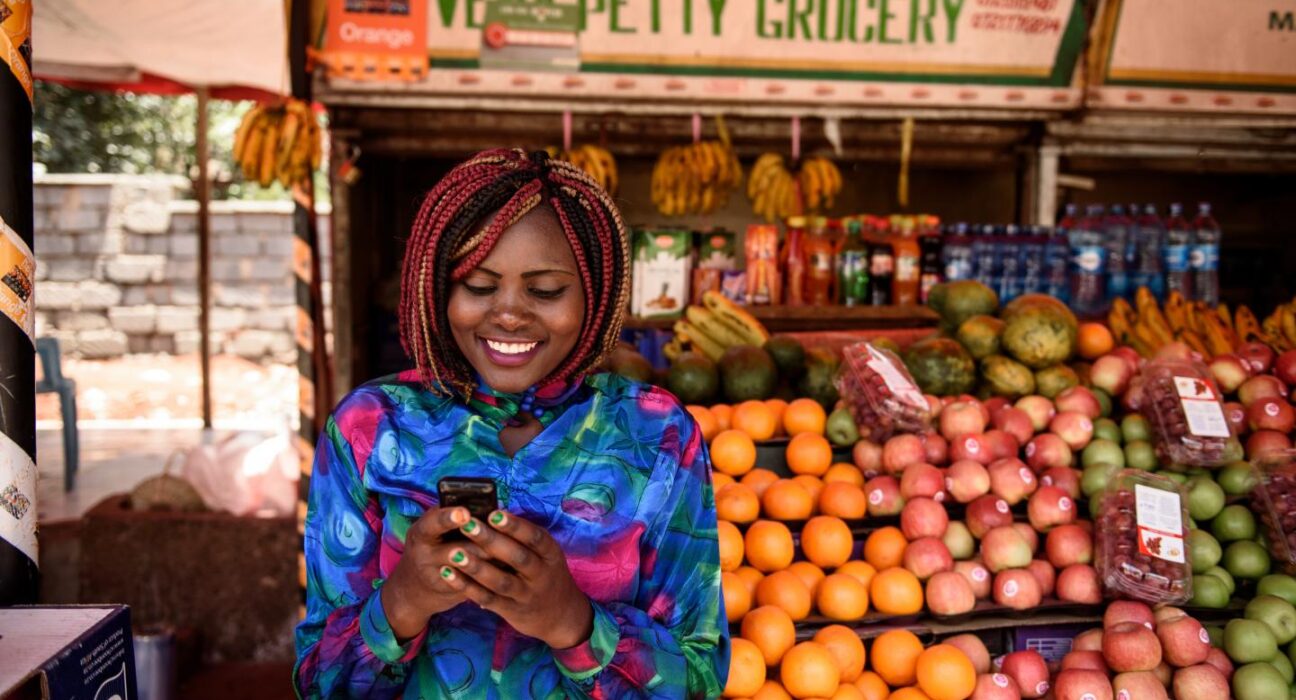In Kenya’s credit landscape, male borrowers have historically dominated the market. However, recent trends indicate a gradual shift, with female borrowers making notable strides. According to the “Kenya’s Credit Market Landscape – Demand Side Analysis of Credit Records Held by Creditinfo CRB” report by FSD Kenya, CIS Kenya, and Creditinfo CRB, male borrowers consistently outnumber female borrowers, but the gap is closing.
As of 2023, there were 6 million unique male borrowers compared to 4.3 million unique female borrowers, reflecting a consistent gender gap in credit access(Kenyas-credit-market-la…). Despite this disparity, women are increasingly participating in the credit market. The report highlights that in 2019, male borrowers were granted KShs 670.8 billion in loans, while female borrowers received KShs 271.5 billion. By 2023, the figures slightly adjusted, with male borrowers securing KShs 625.6 billion and female borrowers receiving KShs 251.3 billion.
This growing participation of female borrowers can be attributed to several factors, including increased financial literacy and targeted initiatives by financial institutions. Women, however, continue to face challenges, such as higher borrowing costs and stricter loan conditions. The data shows that while the number of loans disbursed to female borrowers increased from 13.8 million in 2019 to 25.1 million in 2023, male borrowers still received a significantly higher number of loans, increasing from 23.7 million to 41.7 million over the same period.
Interestingly, the average number of digital loans held by male borrowers annually stood at 5.5, while female borrowers held an average of 4.8 loans. This suggests that male borrowers have slightly more access to digital credit compared to their female counterparts(Kenyas-credit-market-la…). The consistency in the gap between male and female borrowers points to systemic issues that need addressing to achieve greater financial inclusion for women.
The value of digital and non-digital loans also reflects gender disparity. In 2023, the average value of digital loans decreased to KShs 4,555, down from KShs 8,353 in 2019. Conversely, non-digital loans showed a mixed trend, with minor fluctuations over the years(Kenyas-credit-market-la…). These numbers suggest that while the average loan size for women might be smaller, the demand for credit among female borrowers is growing.
The report underscores the importance of creating more inclusive financial products and services to cater to the unique needs of female borrowers. Financial institutions are encouraged to develop tailored solutions that consider the specific challenges faced by women, such as limited collateral and lower income levels. By doing so, they can tap into a largely underserved market segment, thereby fostering economic growth and reducing gender inequality.
In conclusion, while the credit market in Kenya continues to be male-dominated, the increasing presence of female borrowers is a positive development. The data from the “Kenya’s Credit Market Landscape – Demand Side Analysis of Credit Records Held by Creditinfo CRB” report provides valuable insights into the evolving dynamics of the market and highlights the need for continued efforts to promote gender equity in financial access.





